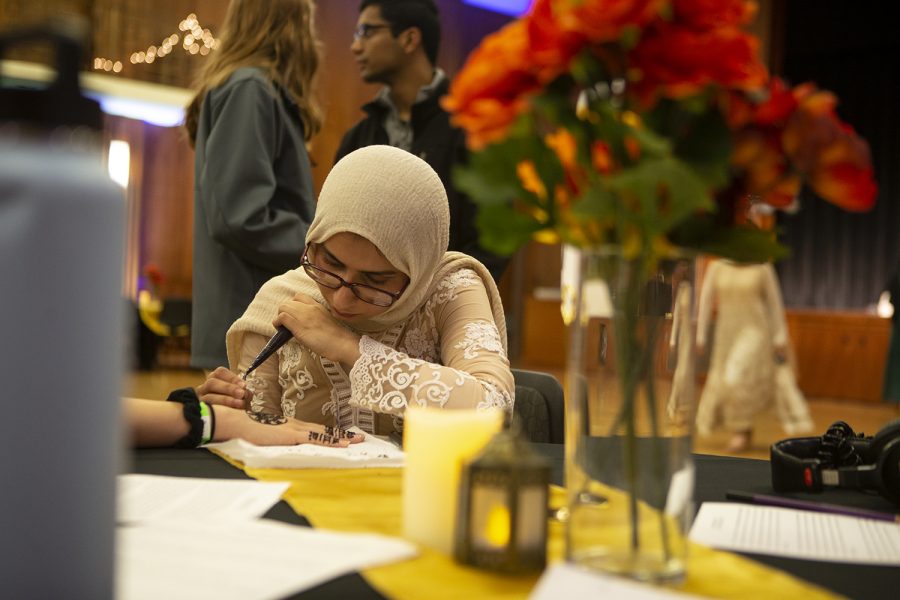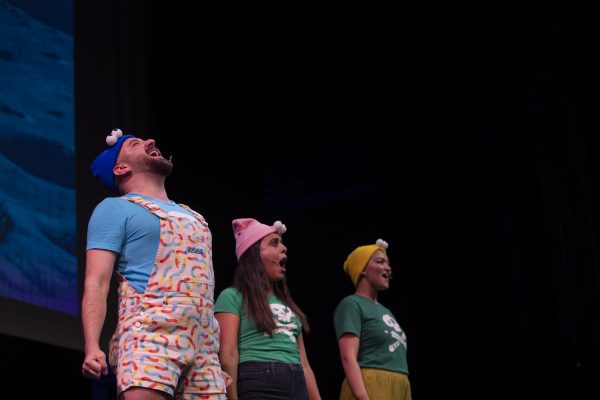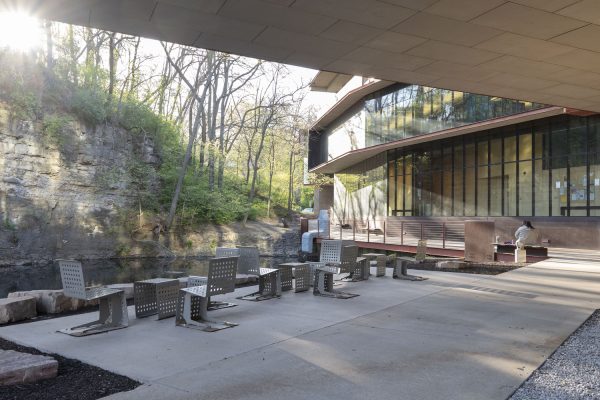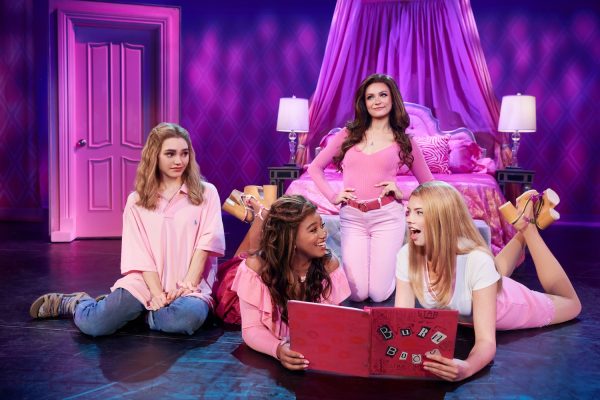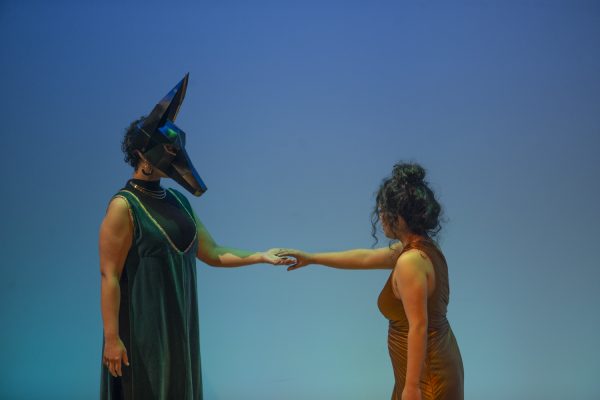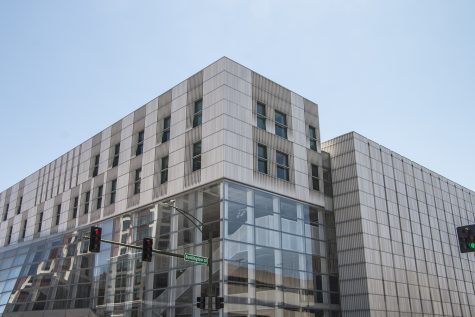Pakistani Students Association imprints an important cultural practice on Iowa City residents
A Pakistani student organization at the University of Iowa celebrated the art of henna, stretching thousands of years in practice into a night of cultural showcasing.
Amna Haider designs henna on the back of an attendee’s hand at Henna Night. Henna Night was hosted by the Pakistani Students Association and was held in the 2nd floor ballroom in the IMU. (Nichole Harris/The Daily Iowan)
October 12, 2019
An age-old technique with thousands of years behind its practice, the Pakistani Students Association brought the vibrant art of henna came to Iowa City on Oct. 11 at the Iowa Memorial Union.
Lasting for around three hours, the event showcased colorful Pakistani clothes, offered traditional dishes, and hosted various henna booths for attendees. Although taken up as a popular trend in modern Western society, the origins of henna as an art form extend far beyond the idea of fancy temporary tattoos.
“South Asian countries generally refer to ‘henna’ as mehendi,” said association president Neha Haque. “Henna is a term the West has coined, referring to henna as ‘henna tattoos.’”
Practiced in a variety of South Asian countries, henna’s particular role in Pakistani culture holds prominent significance during a vast majority of ceremonies and celebrations — far different from any Western usage as the name’s coinage indicates. From weddings to holidays, the art form seems to sneak in an appearance in some fashion to many South Asian celebrations.
Related: A taste of real Pakistan
“One of my favorite Pakistani traditions that deals with henna is when the bride hides the groom’s name in her henna,” Haque said.
Henna’s transition from South Asian cultural traditions to a Westernized world has seen a style differentiation. The use of paisleys and intricate traditional floral patterns has developed into a more minimalist art form.
“Recently, my favorite thing about henna that has been trendy is the use of negative space,” said Mastura Ibnat, one of the henna artists at the event.
Negative space employs the usage of the skin left unmarked by the henna to accentuate and ultimately aid in a designer’s artistic practice. Crafting larger petals and circles that are then filled in by henna in a free-handed motion, the artistic technique becomes far more centered on individualistic design. This fusioned traditional-modern design allows the practice to differentiate from artist to artist.
While the artists at the event followed a blended cultural style with the art, the organization’s Henna Night intended to replicate a very real aspect of Pakistani culture, according to Ibnat. Henna parties, like the one put on at the IMU, are incredibly common in honoring important religious celebrations like Eid, marking the end of the fasting month of Ramadan both Haque and Ibnat mentioned.
The special tradition has been passed down for ages, particularly amongst women in Pakistani culture. According to Ibnat, she learned henna from watching her sister.
Haque said she remembered learning to appreciate the practice from older women in her community who would decorate her with henna until she learned to do it herself for other people.
“I’ve seen lots of henna online, but the first time I saw them make it — how they free-hand the designs into beautiful art is impressive,” said Isabelle Alvis, a freshman at the University of Iowa who attended the event.
According to Alvis, the rise of social media has allowed for many cross-cultural influences and exposure, particularly allowing for her to view art forms not native to the United States. Haque said cultural events like Henna Night put on by cultural student organizations, however, help to prevent the misconstrued perception of such practices being taken too far from their roots.
“We want to provide insight into what Pakistan is really like, from the food to the music to the dancing, and of course — the henna,” Haque said.



